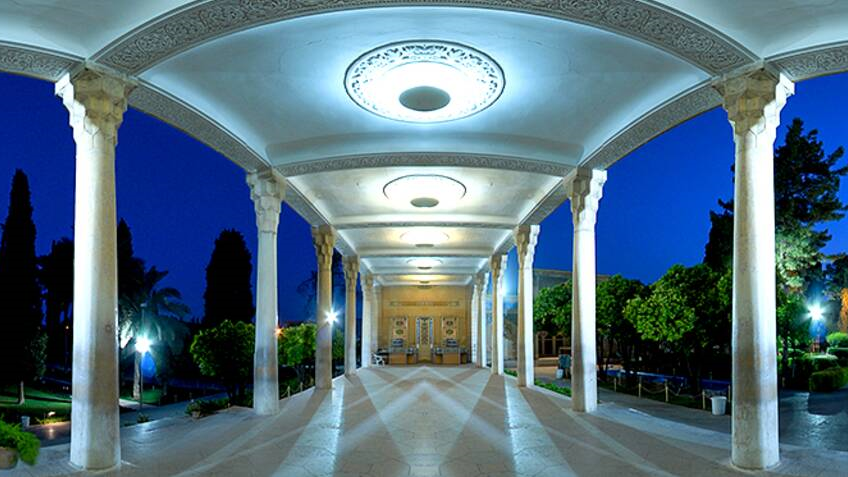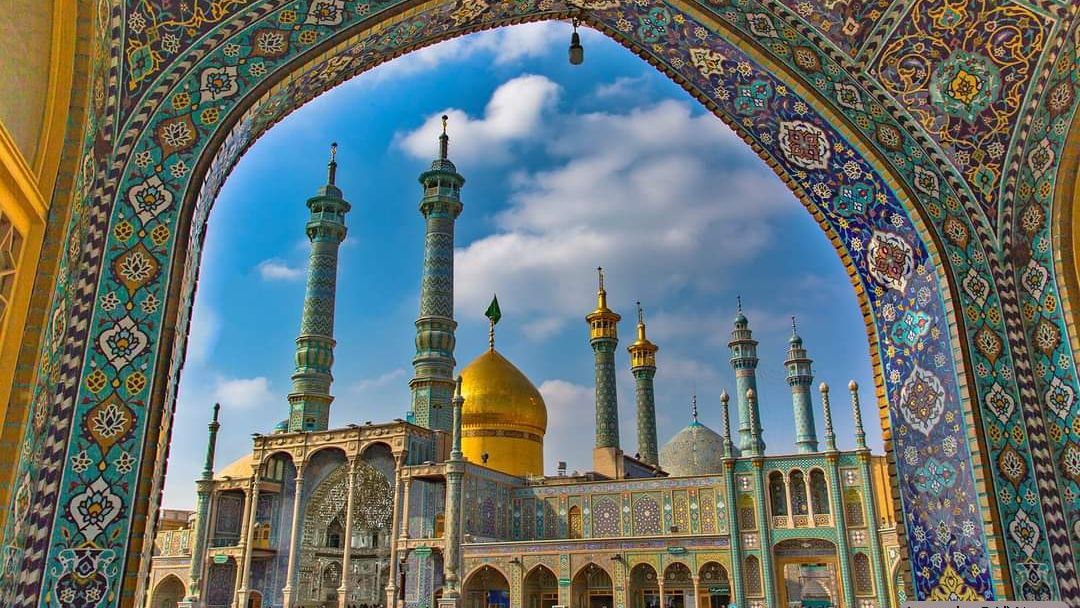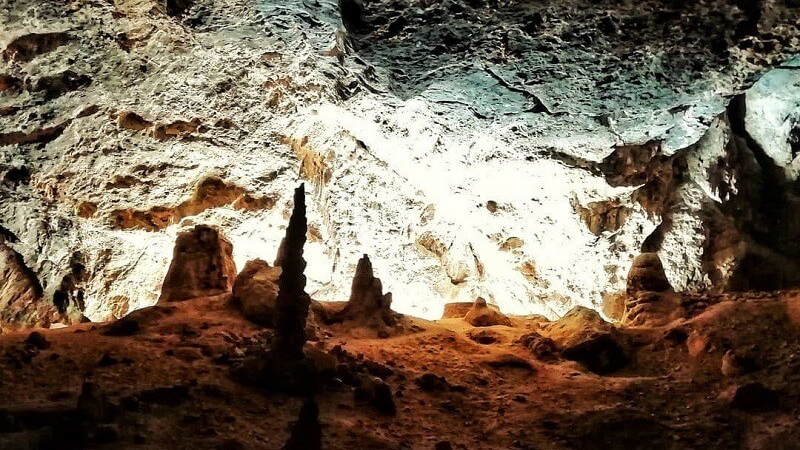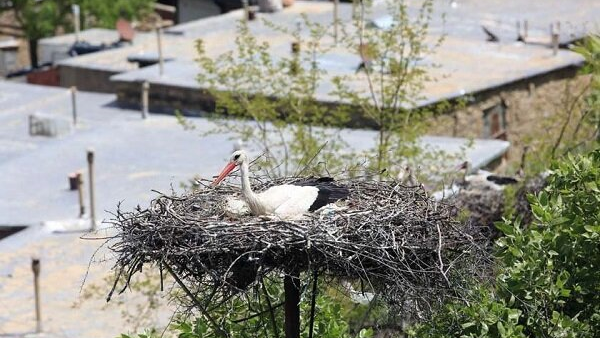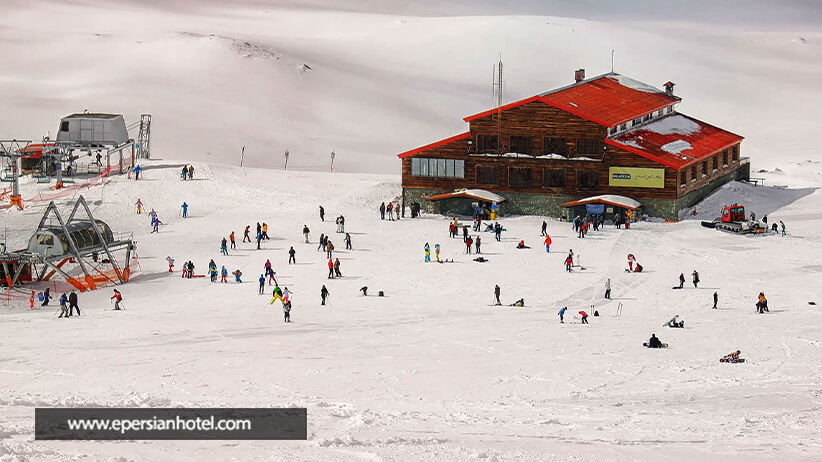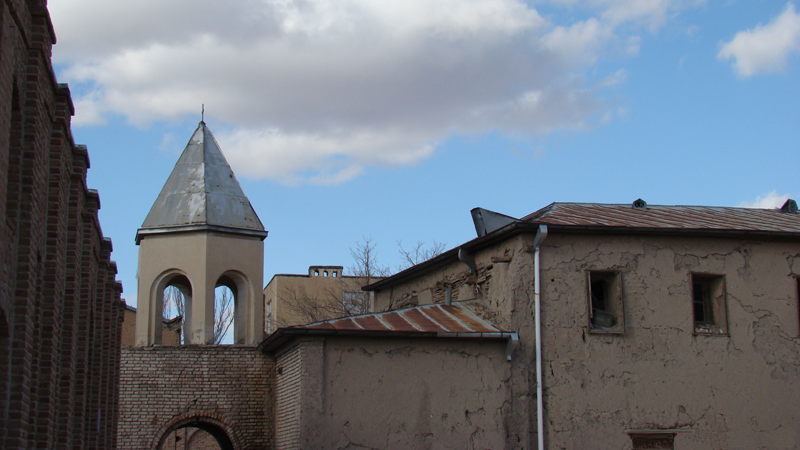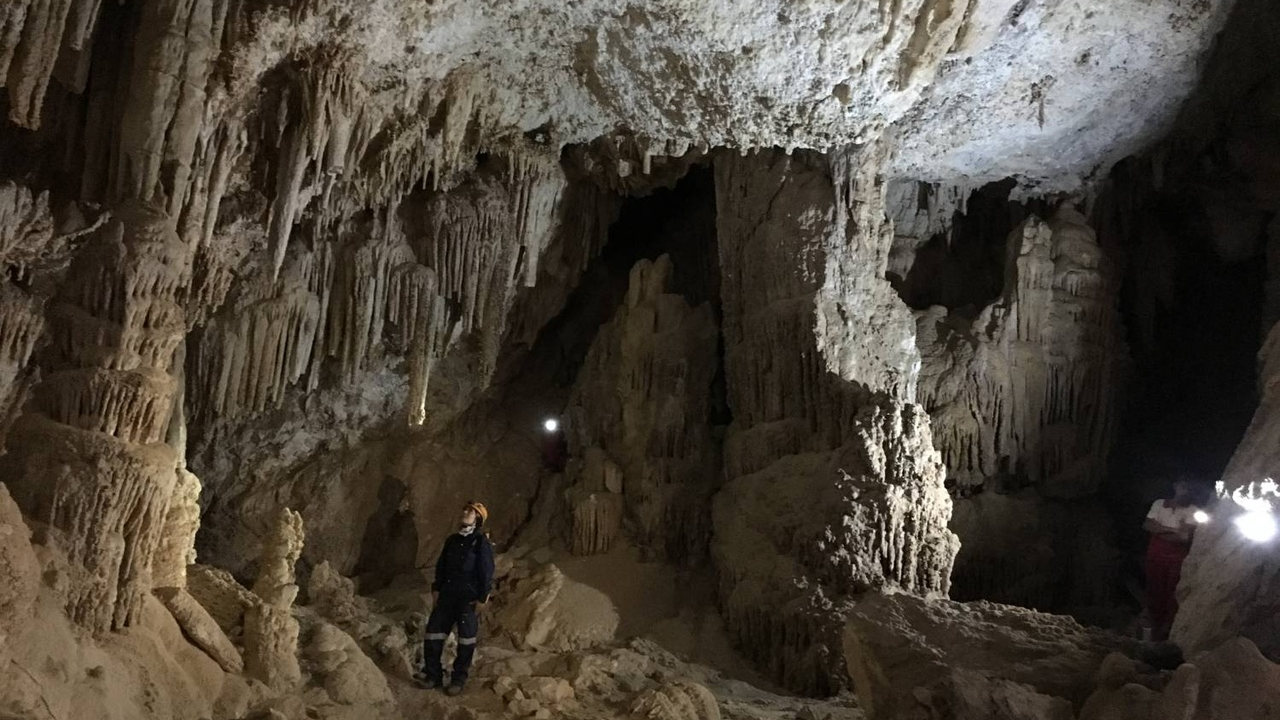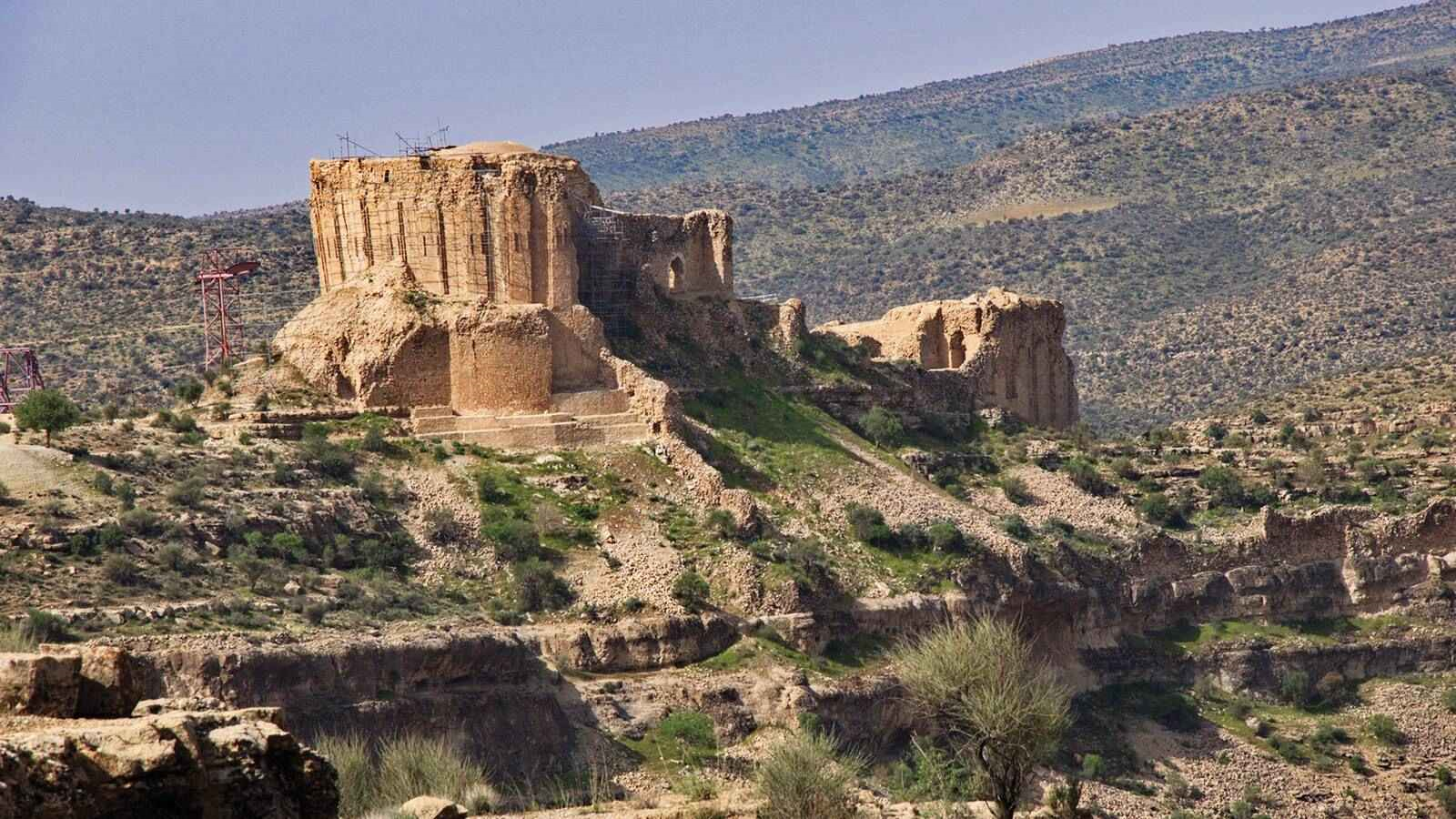
Zoroastrian Tower of Silence
Zoroastrianism is one of the oldest religions in the world and Avesta is its religious book. According to estimates, there are 110,000 to 120,000 Zoroastrians in Iran, India, and Iraqi Kurdistan. Yazd is known as one of the important settlements of Zoroastrians in Iran, where some important historical Zoroastrian monuments, including the Tower of Silence, exist. The Zoroastrian Tower of Silence is located 15 kilometers southeast of Yazd City, near the Safaeieh area, on top of a mountain called “Dakhmeh Mountain”.
History of the Zoroastrian Tower of Silence of Yazd
A Tower of Silence is a building made of raw clay. Based on their beliefs, Zoroastrians place their dead bodies in such buildings so that carrion birds, usually vultures and other scavengers, consume the flesh.[i] The remaining bones are then placed in a hole in the middle of the tower.
According to the Zoroastrian faith, decomposing bodies should not pollute the four elements of water, wind, earth, and fire. These elements were sacred to Zoroastrians, and for this reason, burying the dead in the soil was considered repugnant to them.
With the expansion of cities and changes in their infrastructure, certain changes have taken place in this practice of Zoroastrians and presently they bury the bodies of their dead in cement graves, they still prevent the absorption of the decomposed materials of the dead bodies by the soil and underground water. The hermitage that is currently used by the Zoroastrians of Yazd is located near their old Tower of Silence.
The Stages of Building the Tower of Silence
The construction of the Tower of Silence went through several stages. First, four large nails, 36 medium nails, and 260 small nails were hammered onto the ground, and every time they hammered a nail, they whispered the zikr of “Yata Ahu”. They would then twist 100 cotton threads together and make a rope and would wrap it three times around the nails. Thereafter, they would sit in the place and recite the zikr of "Eshem Vahu" 100 times and the zikr of "Yeta Ahu" 200 times. With each of these zikrs, 300 small stones were thrown at the construction site and finally, the Tower of Silence would be built in that place.
The Architecture of the Zoroastrian Tower of Silence of Yazd
This site is located on a low mountain in the form of two circular stone buildings. The names of these two buildings are "Manekji Limchi Hatria" and "Golestan". Manekji was built by an Indian Zoroastrian of the same name in the middle of the 19th century on the left side of the mountain. Manekji was one of the influential people of the Zoroastrian community of his time and played an important role in improving the livelihood of Zoroastrians. The diameter of "Manekji" building is about 15 meters.
Sometime after the establishment of the Manekji Tower of Silence, due to the fact that it was difficult to get there, another one was built near it and was named Golestan. The distance between the two sites is 150 meters. Golestan Tower of Silence is smaller than the Manekji one and its height is about six meters.
There is a pit named "Estudan" where the bodies of the dead are placed. At the bottom of the hole, there was a stone called "Ervis" (ossuary). The bodies of men, children, and women are placed in specific parts of the tower.
There are other buildings near the Zoroastrian Tower of Silence of Yazd, which are called “Khileh”. The material used to build these buildings was clay. It seems that the longevity of these buildings, which are located in the northern part of the mountain, dates back to the 16th century AD.
Iranian Zoroastrians used Khileh to perform religious ceremonies after placing the body in the Tower of Silence. This ceremony took place with special rituals and all the participants wore white clothes. This ceremony is not that common among the present-day Iranian Zoroastrians.
The Zoroastrian Tower of Silence of Yazd was inscribed on the list of Iran’s national heritage in the year 2002 AD.
According to the Zoroastrian faith, decomposing bodies should not pollute the four elements of water, wind, earth, and fire. These elements were sacred to Zoroastrians, and for this reason, burying the dead in the soil was considered repugnant to them.
| Name | Zoroastrian Tower of Silence |
| Country | Iran |
| State | Yazd |
| City | Yazd |
| Type | Historical |
| Registration | No registration |
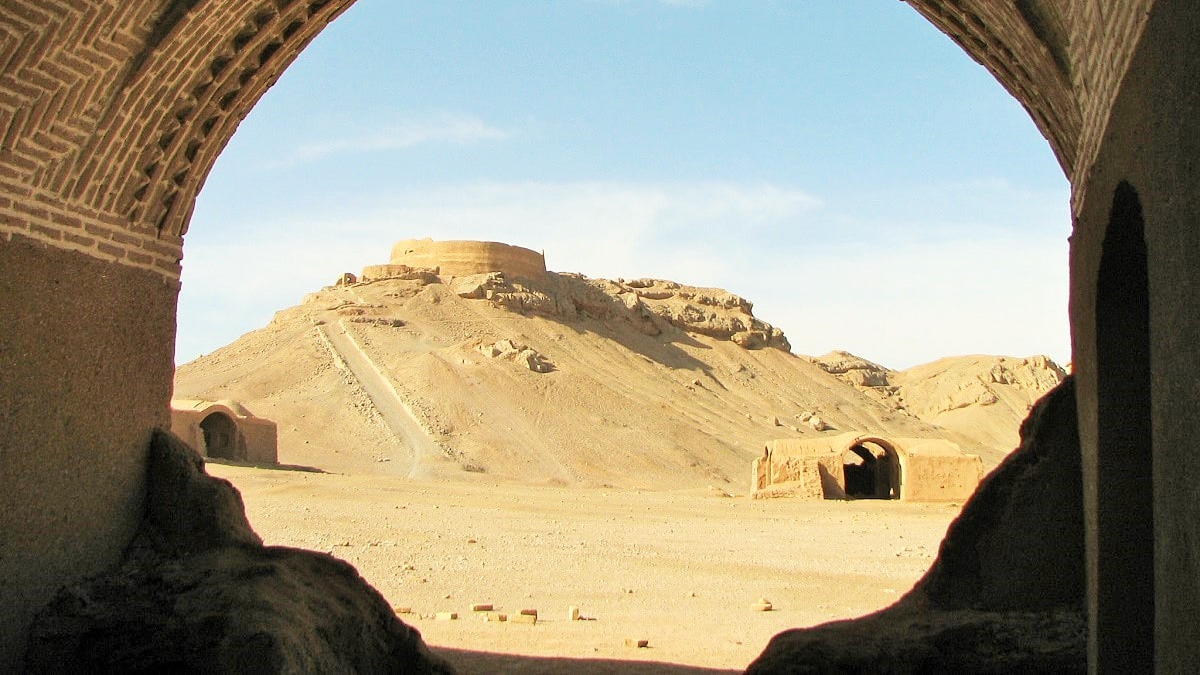
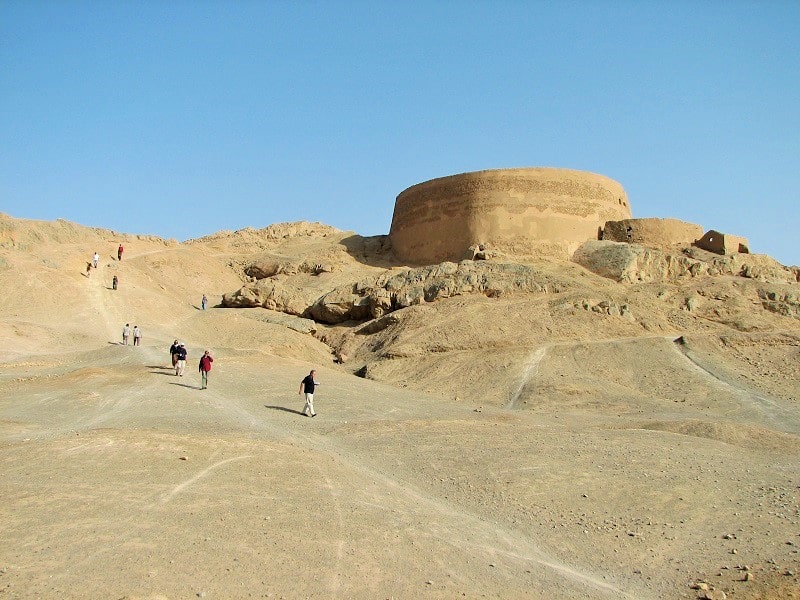

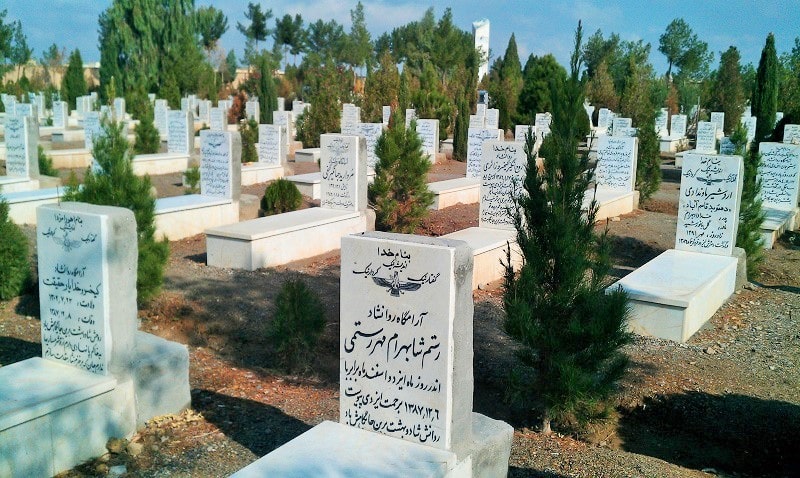
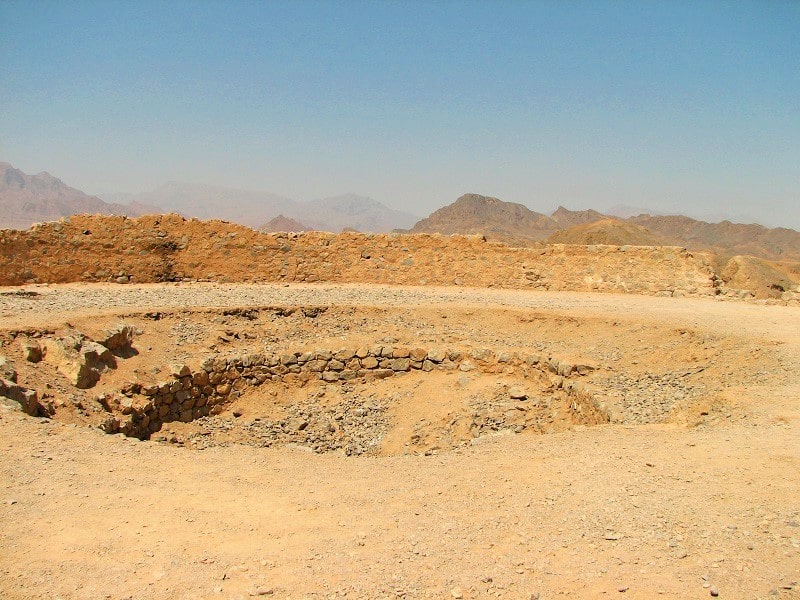





Choose blindless
Red blindless Green blindless Blue blindless Red hard to see Green hard to see Blue hard to see Monochrome Special MonochromeFont size change:
Change word spacing:
Change line height:
Change mouse type:


